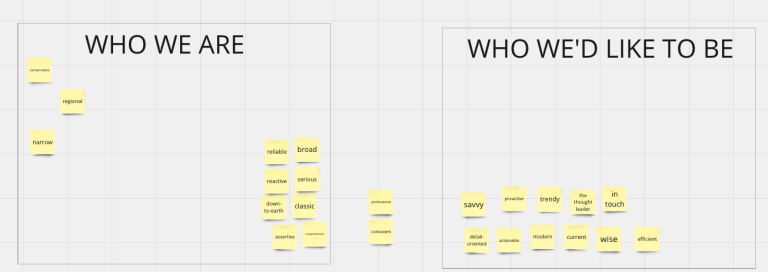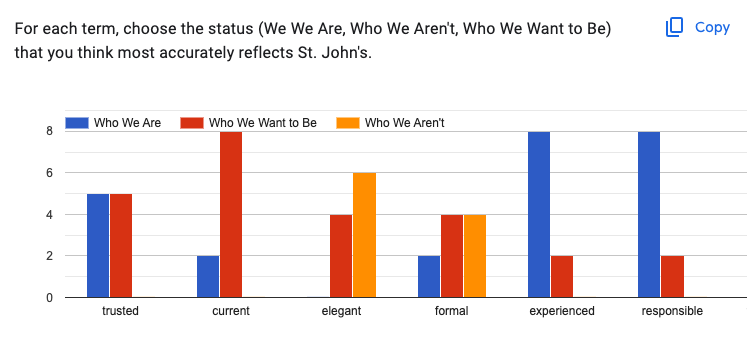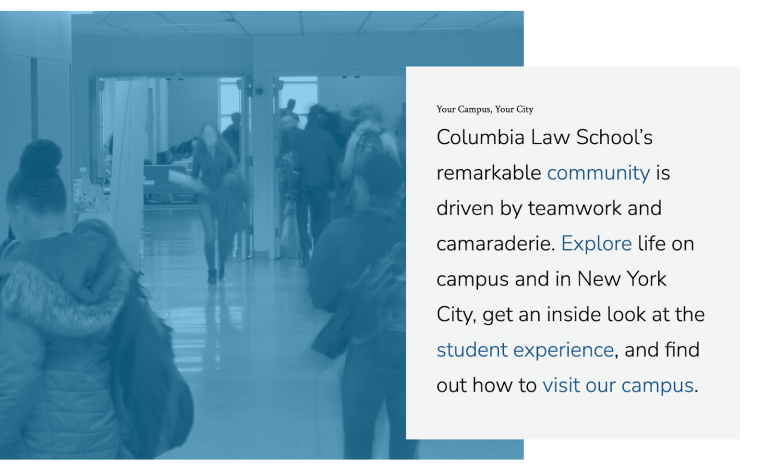Brand Message Architecture — The DNA of Your Website Content Strategy
How you communicate about your organization on your website — and elsewhere — is a foundational pillar of your brand strategy. Here's how you can align your organization across a unified brand message architecture.
There are many critical structural underpinnings to your website — your sitemap, your CMS build, your publishing workflow, and your design system, just to name a few. These systems and structures define hierarchy, encourage consistency, and establish the parameters within which your website functions.
A key addition to this list is what we call a brand message architecture. This comprises the messaging priorities for your website, arranged into a hierarchy that helps you understand more than just what to communicate via your website, but also the value of each message in support of your primary website goals and audiences.
What is a Brand Message Architecture?
Brand message architecture is a hierarchy of the key communication goals of your website, setting the prioritized foundation of how you tell your brand story through the web. Your brand message architecture primarily informs the development of content assets, but can also influence your information architecture and design processes as well.
But why a hierarchy? Aren’t all messages important?
Creating a hierarchy of brand messages helps focus you communicate with your website’s primary audience (and you may find natural applications for this across other platforms or media, too). Key messages and their supporting themes focus your brand story and force you to make decisions about your website’s priorities.


It’s also important to note that brand message architecture helps guide more purposeful communication across your organization — because your brand is more than the headline in your homepage hero. This work becomes a lever to shape all sorts of content across your site, from big impact headlines to financial aid processes and everything in between.
But it’s worth noting that a brand message architecture is not going to look like the big fat deck you might get from a branding firm. It does not address visual identity or wordmarks. It does not distill your brand essence into personality attributes, positioning statements, and myriad other elements. It is first and foremost a guidepost for your web content, with the potential to extend influence to other platforms as is relevant.
Creating a Brand Message Architecture — Card Sorts, Workshops, and More
At OHO, our approach is adapted from the BrandSort process pioneered by content strategist and branding consultant Margot Bloomstein. (Bloomstein wrote extensively about her approach in her 2012 book, “Content Strategy at Work.”)
We facilitate a collaborative attribute sorting exercise with key web content stakeholders and brand owners (usually no more than a half dozen or so). This exercise asks participants to consider three key questions — who are you (meaning, how are you currently perceived), who are you not, and who do you want to be?
Out of that exercise, we identify messaging clusters and refine those into key messages with supporting themes — enriched with organizational context and nuance by virtue of our workshop approach.

Our overall project strategy — including user research and discovery findings and the website’s defined goals and audiences — also fundamentally shapes the direction our brand message architecture work takes.
How Do You Use a Brand Message Architecture?
We call a brand message architecture the DNA of your content strategy for a reason — once you have your messaging defined, reinforced by a clear sense of goals and audience, you have a powerful foundation upon which to create targeted digital communications.
A brand message architecture should be an ongoing internal reference for your content teams, guiding the development of website copy and visual content by establishing priority, emphasis, and direction.
You can use your brand message architecture to shape editorial decisions about news content and brand storytelling — consider tagging key message themes in your editorial calendar to track relevance and identify gaps or opportunities as they arise.
When conducting regular content audits and planning revisions, your brand message architecture can serve as a reference to gauge alignment.

Brand message architecture may not be the answer to life, the universe, and everything. The messages yielded from this work are not intended to be used as headlines in your homepage hero or billboard. They are not meant to be dropped directly into web copy. And they are not a vision or mission statement for your organization.
But by defining the hierarchy of communications goals for your web content, you create a powerful sense of focus that will yield a consistent and compelling narrative, making your website a powerful and strategic communications tool.